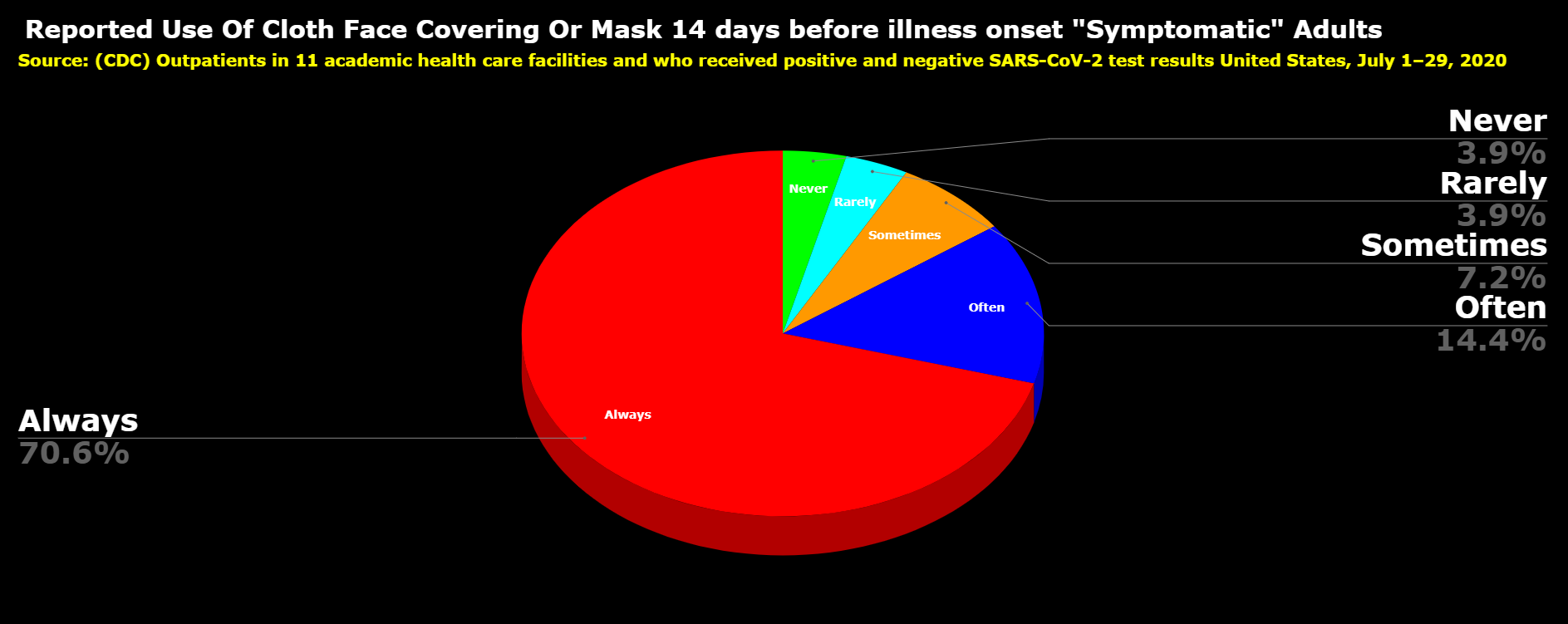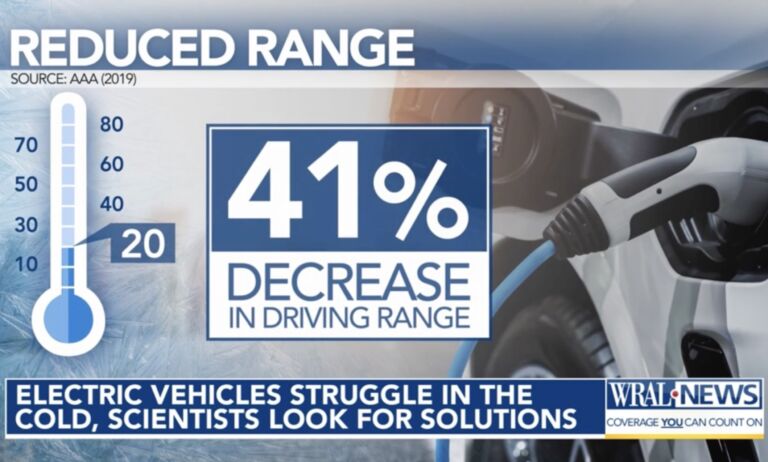(Screenshot from here.)
On October 14 the North State Journal featured a noteworthy article by Dr. S. Stanley Young, Ph.D. Young is an applied statistician, a Fellow of the American Statistical Association and AAAS, and Director of the Shifting Sands Project with the National Association of Scholars. He also currently serves on the EPA’s Scientific Advisory Board.
We read that Young petitioned the NC Department of Health and Human Services (DHHS) under state health bureaucrat Mandy Cohen for the oft-proclaimed “data and science” behind Gov. Roy Cooper’s extraordinary order forcing face masks on healthy people.
Young knows the science, and he knows it doesn’t support what Cooper and Cohen are doing. That’s what eventually led to an extraordinary admission from DHHS.
Young writes about it in article “Are masks really helpful?”
The question we are addressing is whether wearing a mask is any different than not wearing a mask? … [W]e examine results from randomized clinical trials (RCT). Using a meta-analysis allows us to use as much of the available RCT data as possible.
I studied the studies and found one for influenza. The peer-reviewed meta-analysis study looked at flu viral transmission, using 10 randomized clinical trials. When you combine all 10, the study showed that the results are consistent with pure chance.
Just how did the researcher characterize their results? “The evidence from RCTs suggested that the use of face masks either by infected persons or by uninfected persons does not have a substantial effect on influenza transmission… In pooled analysis, we found no significant reduction in influenza transmission with the use of face masks.” Adding up those infected while wearing a mask, 156/3495, 4.46%, and those infected while not wearing a mask, 161/3052, 5.23%, the results are consistent with chance.
Young took these data with their obvious questions to DHHS. Eventually, he heard back. What did he get?
I presented my opinion to Dr. Cohen and her staff. After some prodding, I heard from Mr. Fleischman, a senior official on Mandy’s staff. He provided me with another study that dealt specifically with the COVID-19 virus. Here is what I found.
The study he sent was a meta-analysis that looked at transmission of the virus. A total of 19 randomized studies were summarized. Here is what they had to say, “Medical masks were not effective, and cloth masks even less effective.” They also noted that “….respirators, if worn continually during a shift, were effective but not if worn intermittently.”
Wait. DHHS’s own case for forcing masks is based on a meta-analysis that finds masks are not even effective? That’s even worse than what Cohen presented to the General Assembly just before the mask mandate — uncompelling research that, upon further review, wasn’t even applicable to North Carolina.
Never mind the fact that the research for asymptomatic transmission — the other supposed basis behind the mask mandate — shows that asymptomatic transmission is rare, or better put, conceptual. There’s no science that supports the administration’s notion that asymptomatic people are the most infectious people.
This virus behaves as others do: the more you’re in close contact with someone infected and symptomatic, and the more severe the case, the higher your risk of contracting it. On the other hand, your risk from a brief encounter with someone at a grocery store, someone walking from the door to the restaurant table, or someone going past on a public sidewalk is indistinguishable from zero.
Get behind the mask, or get behind the science
Maybe Young’s revelation explains why DHHS’s “Get Behind the Mask” campaign includes no references to science. None. It’s nothing more than a heavily propagandized “Because We Said So” campaign with middling graphics.
Maybe it also explains the recent CDC finding that 85% of symptomatic people testing positive for COVID-19 had always worn face coverings (70.6%) or often worn them (14.4%), with roughly the same proportion of symptomatic people testing negative (88.7% — always, 74.2%; often 14.5%).
 (Graph source here.)
(Graph source here.)
Likewise, the CDC found that 7.8% of symptomatic people testing positive never (3.9%) or rarely (3.9%) using face masks, also roughly the same proportion (6.9%) of those who tested negative (never, 3.1%; rarely, 3.8%).
Those findings being so evenly distributed across people’s adoption levels of masks is well in keeping with research finding no effect from masks.
Young explained further:
Mechanistically, masks have always only been thought to stop large droplets. Transmission through very fine droplets cannot be stopped by ordinary masks. Most recently, the CDC has confirmed that the virus can be transmitted through fine droplets. The meta-analysis that Mr. Fleischman had sent me supports this claim because, again, it showed no benefit to wearing masks. Incidentally, the Netherlands recently dropped the mask mandate saying the research did not support wearing them.
So why does Dr. Cohen insist that we wear masks?
That is a very good question. “Because We Said So” is the unscientific answer from an administration grown far too comfortable in ordering people about.


